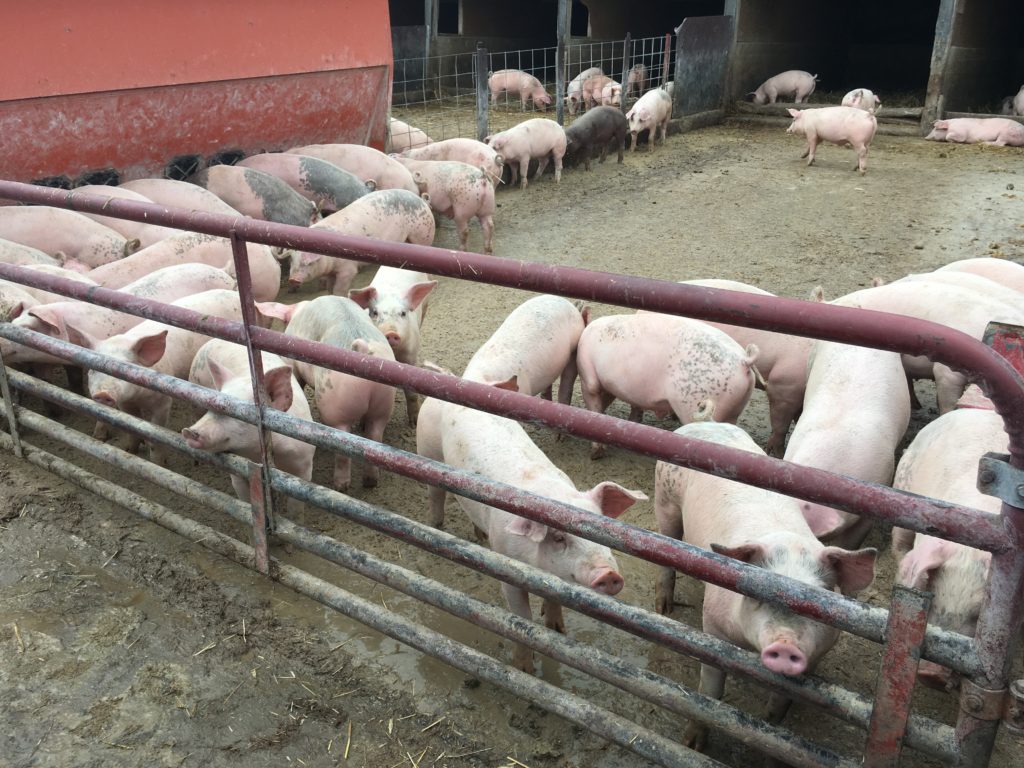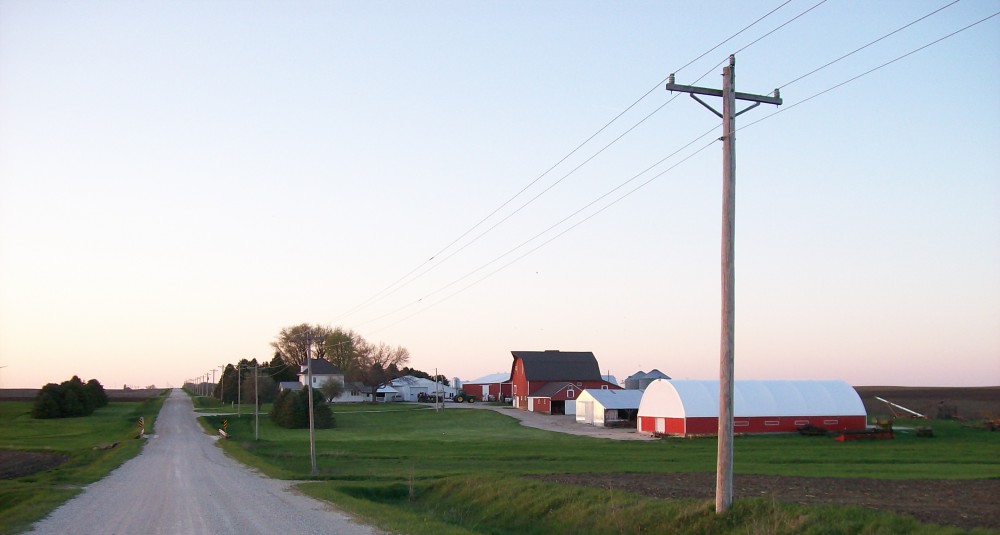Tuesday, May 28th
Today we are at Mark and Marcia Kruse’s farm. We arrived Monday evening and are staying with the Kruse’s until Wednesday. Mark and Marcia own a grass-fed dairy farm that is a part of the Organic Valley Co-op. Today is all about organic dairy cows, a nice reprieve from all the corn.
First we visited an Amish Farmstead. Their operation is very different from others we have seen because of their culture. Electricity is not used so a vacuum system for milking is used. The dairy cows are grass-fed and rotationally grazed. It was nice to be able to see another culture and the differences in farming which all lead to the same result.
Next we went to Jeremy Peake’s grass-fed dairy farm. Like many of the dairy farmers we have met Mr. Peake also uses the rotational grazing method. Except he does things a little differently. Twice a day he readjusts his pasture by expanding it more and more. The cows wait for him to do this and graze on the newer grass when available. We also got to get up close and personal with some of the jersey heifers. One in particular really loved head scratches and would head butt you until she got attention.

Lastly, we headed to the Welsh Family farm. They produce cattle, pig and chickens. They also are into farming corn. This farm seemed to be larger scale than all the other organic farms we have visited thus far. Their farm also appeared to be more industrialized especially when we visited their chickens. When talked with Jim Wedeberg at Organic Valley, he mentioned that poultry was one of the areas that it was hard for the co-op to get into. This is because most poultry operations have gotten larger. Although, the Welsh farm seems to be an exception among the organic farmers. We also were shown their pigs. Their pigs were notably different than the previous ones we saw at the Liljedahl’s farm. The pigs were not kept in small, individual confinements, they didn’t seem aggressive and they looked happy. I wish I would have asked how many pigs they lose to pig fights. That was a main reason the Liljedahl’s gave for keeping the pigs in separate and small crates.

